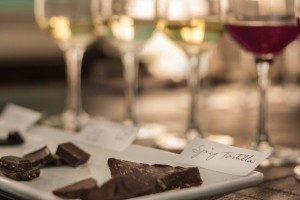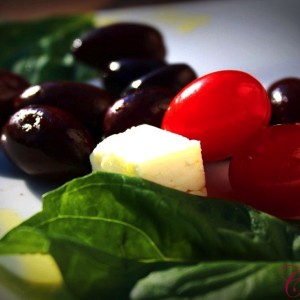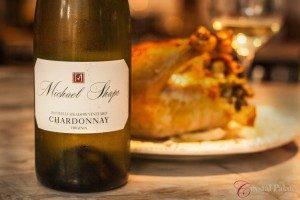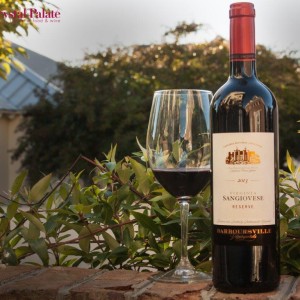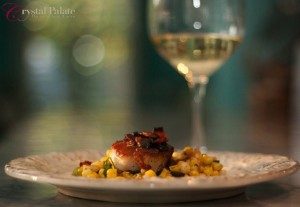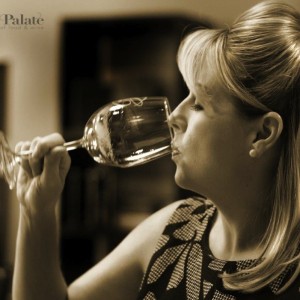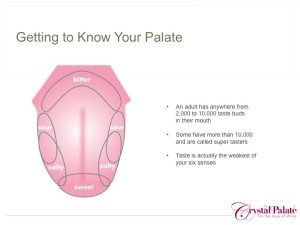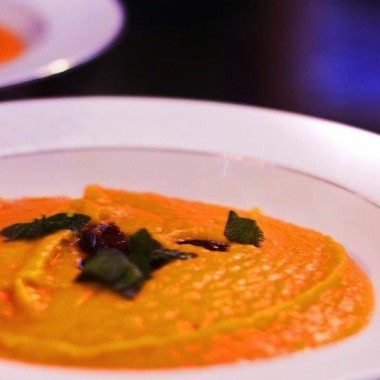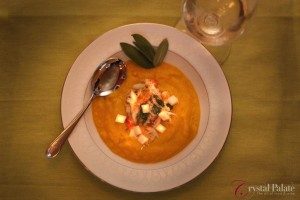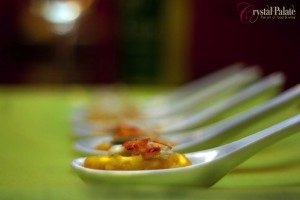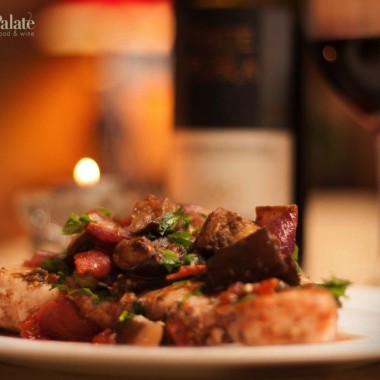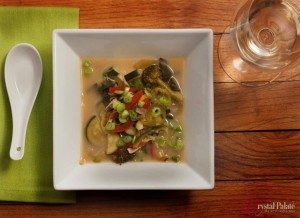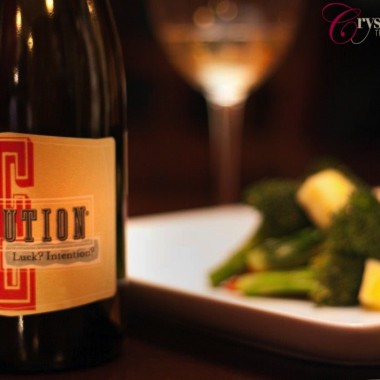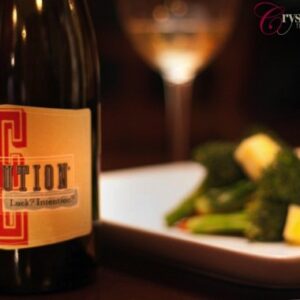If you have a love affair with wine and chocolate, and let’s face it, who doesn’t? I have a line-up of of perfect pairings for you to explore with your Valentine.
I am partnering with one of my favorite chocolatiers, The Royal Chocolate, in Virginia Beach for a wicked sweet tasting experience tonight. While, the general rule of thumb is to pair sweeter wines with desserts, I love to drink outside the box and experiment with different flavor profiles. Here’s my line-up of fun and delicious pairings so you can host a sweet pairing at your home.
2014 True Myth Chardonnay, Edna Valley, California
Vibrant aromas of pear, apple, pineapple & lemon curd are followed by sweet vanilla and hints of toasty oak. The palate is fruit forward with a creamy finish.
Pairings: Snowball Apple & White Chocolate Toffee Bar
2014 Dr. Loosen “Dr. L” Riesling, Mosel, Germany
Aromas of white flowers, citrus & stone fruit dance in your glass. This off-dry wine boasts vibrant acidity, honey, peach, lemon & a hint of lingering spice on the palate.
Pairings: White Chocolate Blueberry Scone Bar & Dark Chocolate Covered Ginger
2013 Carol Shelton “Wild Thing” Zinfandel, Medocino County, California
Bursting with aromas of ripe red berries, Chambord, plum, sweet spice of clove & cinnamon and a touch of cracked pepper.
Pairings: Baconluxious Maple Bacon Bar & Dark Chocolate Rosemary Bar
2015 Banfi Rosa Regale Brachetto d’Acqui, Piedmont, Italy
The ruby red beauty has a bouquet filled with red berries & soft rose petals while the palate provides a burst of intense ripe raspberry & a touch of baking spice.
Pairings: White Chocolate Oreo Cookie & Dark Chocolate Covered Strawberries
2013 Alvear Pedro Ximenez, Montilla-Moriles, Spain
Notes of orange marmalade, candied ginger, maple syrup, dulce de leche, honeysuckle and oolong tea lead to a long, lingering finish on your palate.
Pairings: Milk Chocolate Covered Graham Cracker & Dark Chocolate Peanut Butter Bar
All of the wines on my list, can be purchased by clicking on the banner above. These sumptuous chocolates can be purchased at The Royal Chocolate. Don’t live in the area, no worries, they offer shipping!
Join my exclusive membership program for personal wine recommendations, video tutorials and perfect pairing ideas. Annual dues are only $49.95.
Purchase Wine Gift Bags and Boxes – Give your wine in style.



